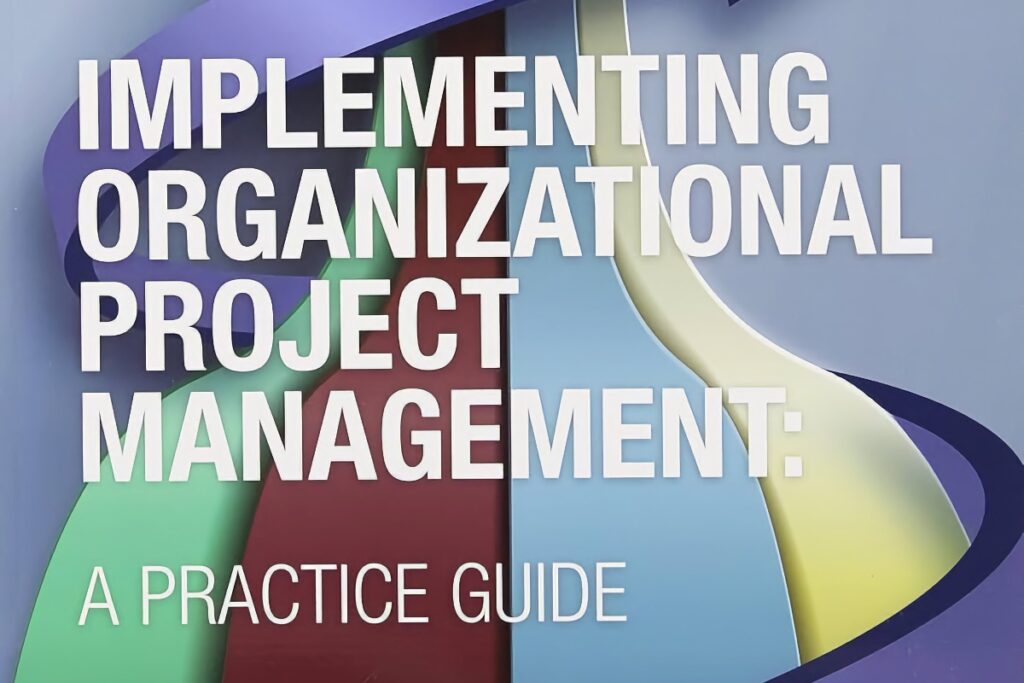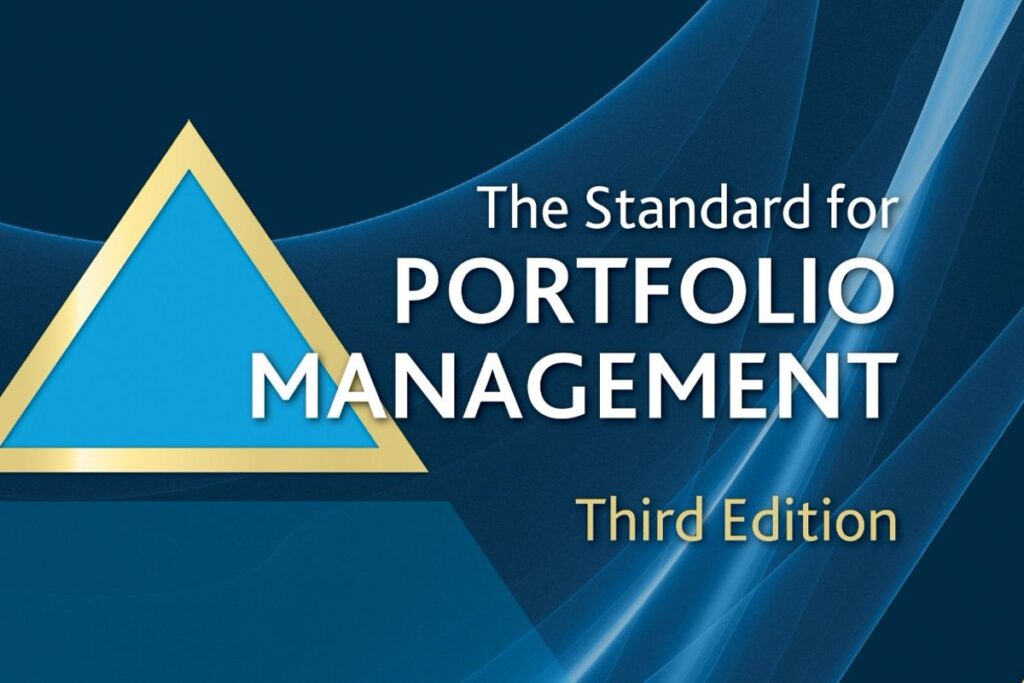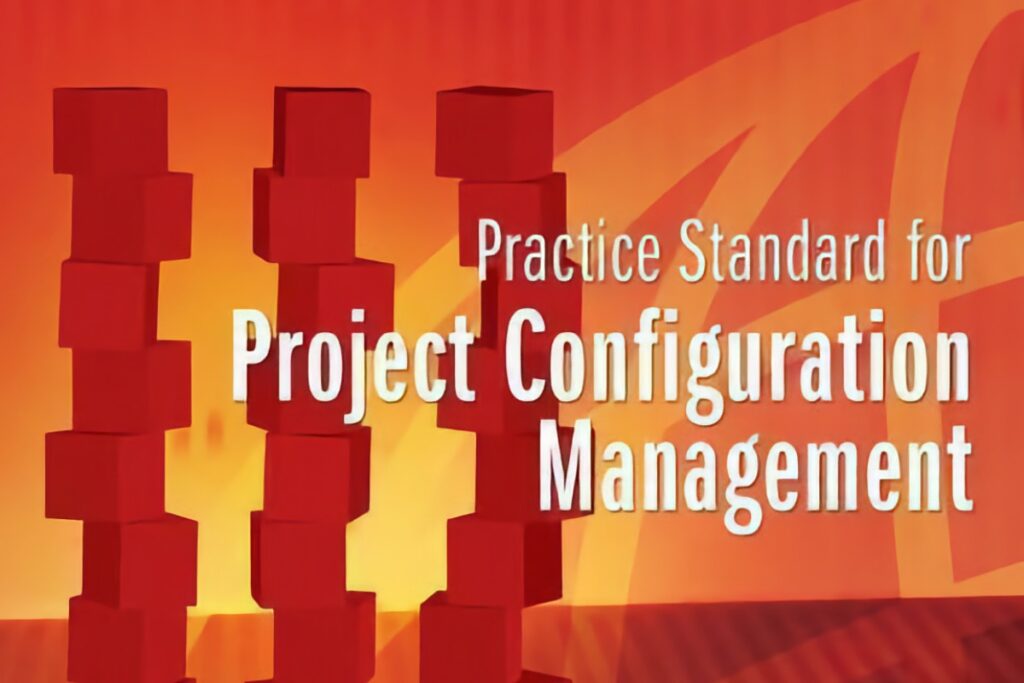As organizations strive to become more adaptive, efficient, and strategically aligned, project execution alone is no longer enough. True competitive advantage lies in the ability to consistently translate strategy into results across the enterprise. PMI’s Implementing Organizational Project Management: A Practice Guide, released in 2014, responds to this challenge by offering a structured, practical approach to embedding project, program, and portfolio management (PPPM) into organizational culture and systems.
This guide introduces the concept of Organizational Project Management (OPM)—a capability that enables organizations to execute strategy through projects in a repeatable, scalable, and aligned manner.
What Is Organizational Project Management (OPM)?
PMI defines OPM as “a framework in which portfolio, program, and project management are integrated with organizational enablers to achieve strategic objectives.”
In essence, OPM:
- Treats project management as a strategic competency, not just an operational function.
- Integrates PPPM into business processes and decision-making.
- Establishes governance, talent, metrics, and infrastructure to deliver value reliably.
OPM is not a maturity model—it is an implementation framework for building capabilities that link execution to strategy.
Structure of the Guide
The guide outlines a three-phase implementation framework:
1. Assess Current State
- Analyze the organization’s existing project maturity, capabilities, and cultural readiness.
- Conduct stakeholder interviews, capability assessments, and gap analysis.
2. Develop Implementation Roadmap
- Define the desired future state aligned with strategy.
- Prioritize enablers such as governance, talent development, tools, and performance metrics.
- Create a phased roadmap for rolling out changes.
3. Implement and Improve
- Deploy organizational enablers like PMOs, centers of excellence, training, and process standards.
- Monitor progress and adapt based on feedback.
- Institutionalize a culture of continuous improvement.
Each phase includes tools, real-world examples, and decision points to support practical application.
Core Enablers of OPM
The guide identifies key organizational enablers required for successful OPM implementation:
- Governance: Policies, roles, and oversight structures.
- Processes: Standardized methods for managing portfolios, programs, and projects.
- Technology: PMIS, dashboards, knowledge repositories.
- People: Training, career paths, competency models.
- Culture: Change management, leadership support, and executive sponsorship.
Key Strengths
✅ Enterprise-Level Vision
The guide moves beyond project execution and presents a compelling case for treating project management as a strategic enterprise capability.
✅ Actionable Framework
Unlike abstract maturity models, the guide provides a step-by-step roadmap, templates, and assessment tools for real implementation.
✅ Scalable and Adaptable
The framework can be scaled to fit small, mid-sized, or global organizations. It allows tailoring based on industry, structure, and business model.
✅ Cross-Functional Integration
Encourages alignment between PMOs, finance, HR, and strategy functions—critical for embedding project management into the organization’s DNA.
✅ Supports PMO Evolution
Helps PMOs transform from reporting bodies into value-enabling strategy partners.
Limitations
❌ Limited Metrics Guidance
While performance measurement is addressed, the guide doesn’t provide a comprehensive KPI framework or benchmarking references.
❌ Pre-Agile Bias
Written in 2014, the guide leans toward traditional project structures and doesn’t fully address agile, lean, or hybrid governance.
❌ Requires Strong Executive Buy-In
OPM transformation cannot succeed without senior leadership support—something the guide rightly emphasizes but offers limited tools to secure.
Best Use Cases
Ideal for:
- PMO leaders and portfolio managers building or transforming enterprise delivery capabilities.
- Executives and strategy officers aiming to close the gap between planning and execution.
- Large organizations and government agencies seeking to formalize and scale project governance.
- Organizations facing strategic drift—where projects don’t consistently align with business goals.
Less suited for:
- Small companies or startups focused on fast delivery with minimal overhead.
- Teams using fully agile operating models without centralized governance.
Relationship to Other PMI Standards
| Guide | Focus | Role in OPM |
|---|---|---|
| PMBOK® Guide | Managing individual projects | Component of OPM framework |
| Program Management Standard | Coordinating related projects | Delivery mechanism for strategic initiatives |
| Portfolio Management Standard | Prioritizing and aligning initiatives | Strategic filter for OPM |
| OPM Practice Guide | Institutionalizing delivery capability | Integration of all above into the enterprise |
Conclusion
PMI’s Implementing Organizational Project Management: A Practice Guide is a powerful, underutilized resource for organizations seeking to scale execution excellence and drive strategy through disciplined delivery. It provides the tools and structure needed to embed project management practices at the heart of organizational operations.
For organizations with ambitious goals, complex portfolios, or chronic misalignment between vision and execution, this guide offers a proven, step-by-step approach to building a culture of delivery and strategic focus.
As the project economy accelerates, the ability to implement and evolve OPM may well define the next generation of high-performing enterprises.




